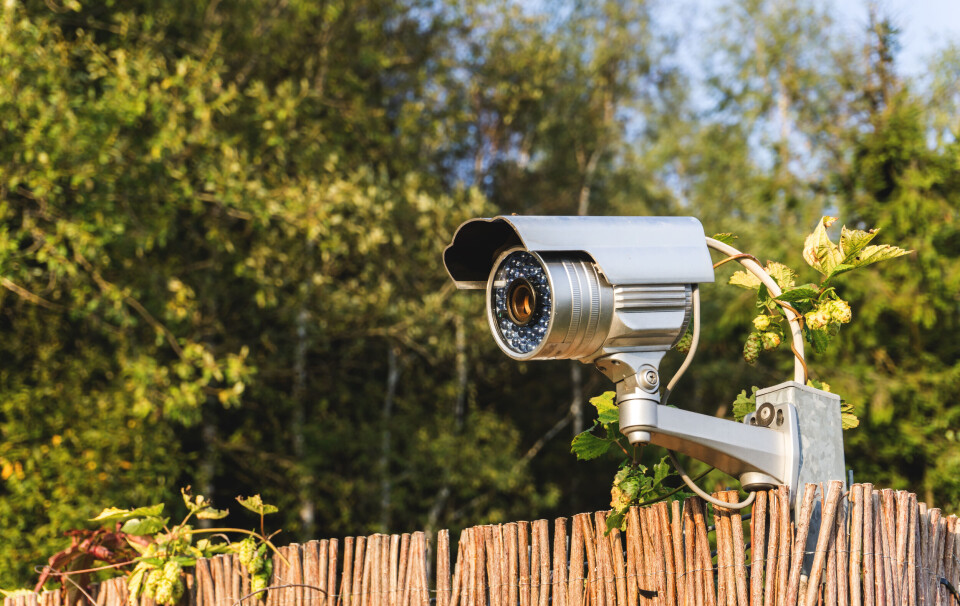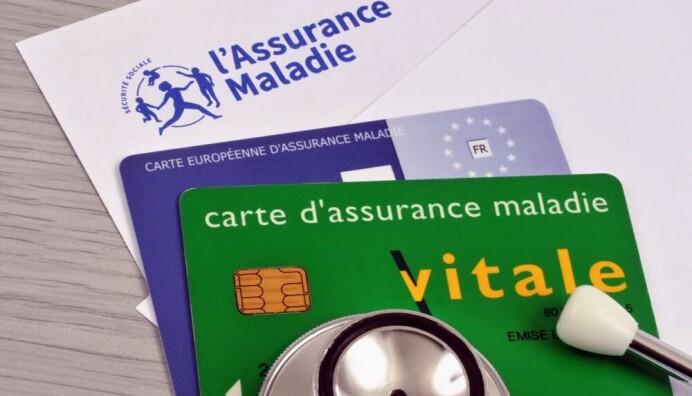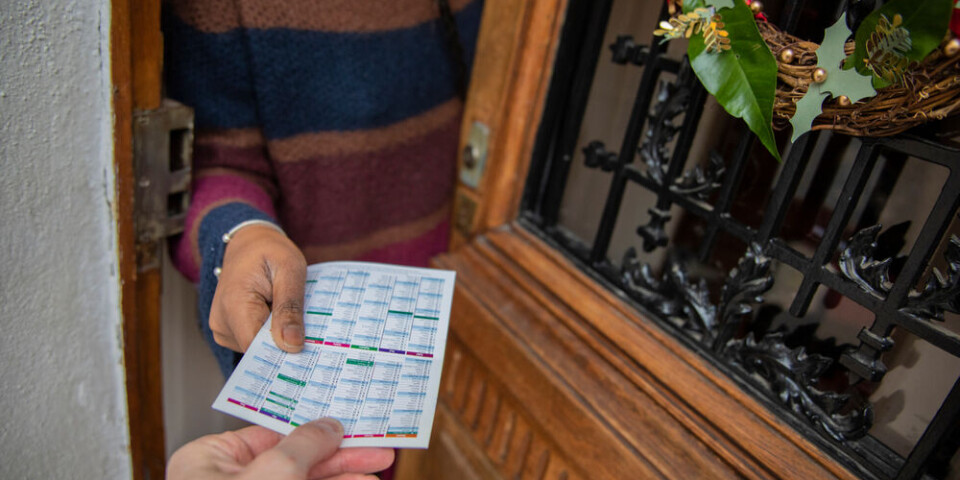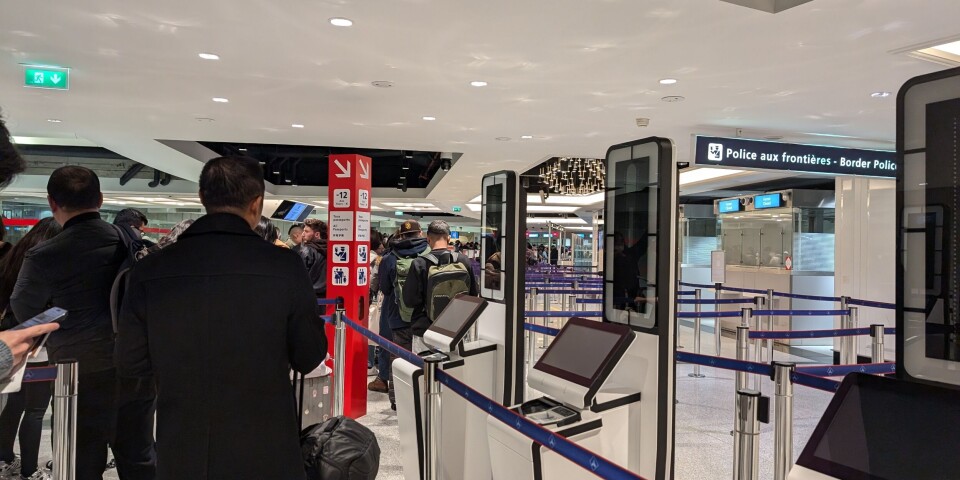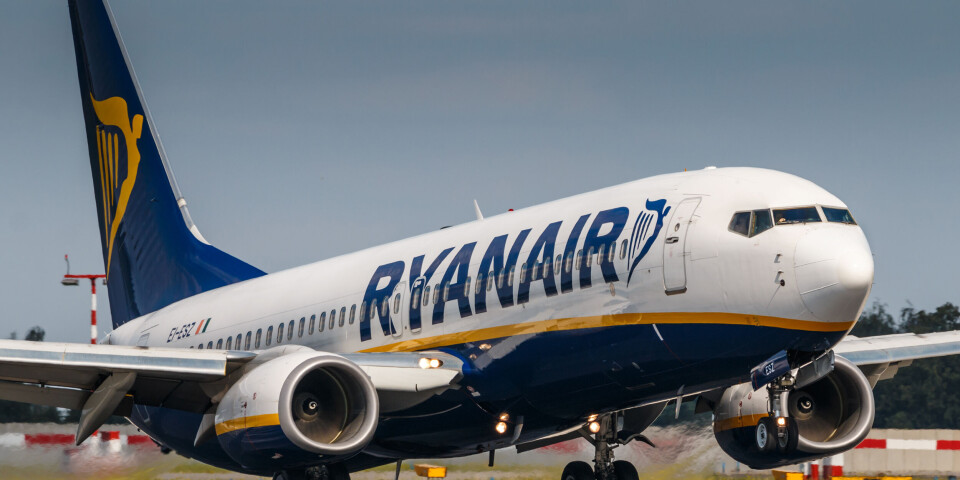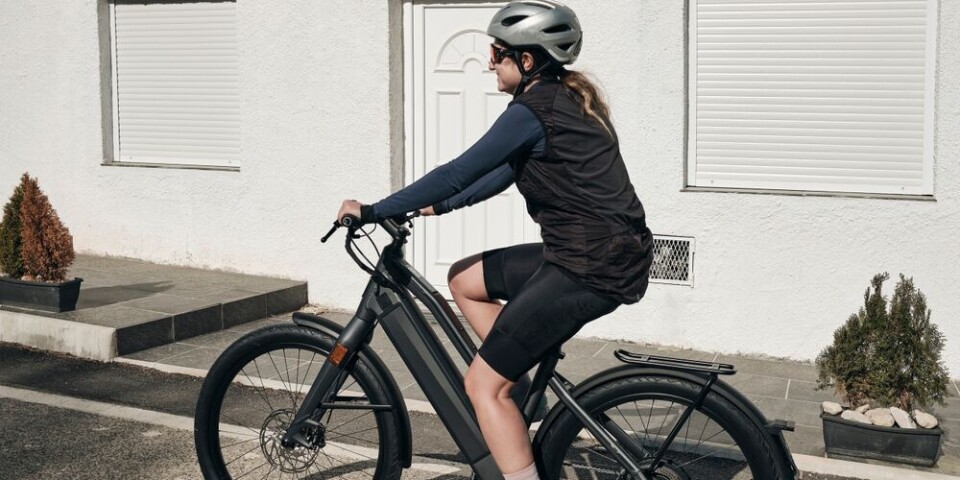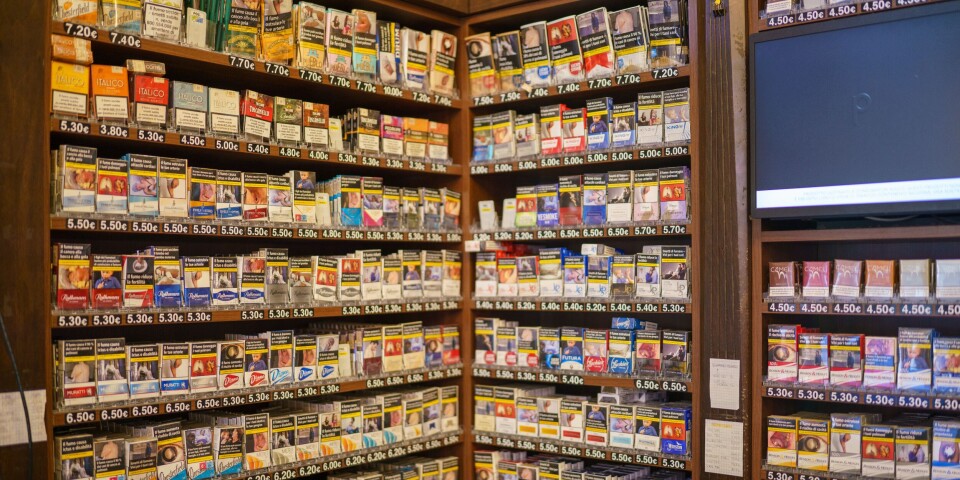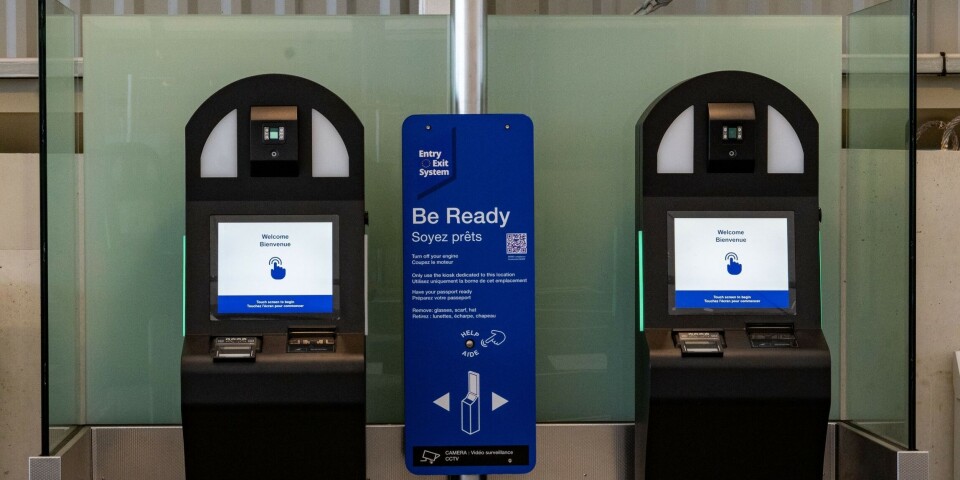-
Cheaper car repairs in France as court slashes manufacturer monopoly on spare parts
Change in ruling means garages now able to source parts from shops that have opened all over the country
-
Foreign residents in France face painful wait over disputed inheritance law
Hundreds of residents fear financial hardship as France delays its reply to Brussels over 2021 succession rule said to breach EU law
-
Photos: heavy snowfall in Alps as winter closures for mountain passes begin
Forecasters expect snowfall to gradually reach lower altitudes before mid-November
Dual-SIM phones ideal for expats
If you own a dual-SIM phone or are thinking of buying one, we would like to hear your experiences
Many Connexion readers regularly travel between the UK and France or other countries – raising the question of whether to get a second mobile phone for the other country – or a dual-SIM phone.
Dual-SIM phones allow users to have two numbers connected to the same device, so you can be easily reached on either your French and your British mobile number, for example.
The phones have slots for two SIM cards – the chips that identify each phone and allow it to access a phone network. Some also allow users to take a call on one card when they are talking on the other one.
They have been used in the Far East for several years, however were quite slow in arriving in the West despite previous attempts by firms including Samsung and LG to introduce phones with similar technology.
For several years they were costly, but the technology is now widely available at an accessible price.
If you have a dual-SIM card model or are thinking of getting one – the glossary below may be useful. Tell us of your experiences of dual-SIM phone models at news@connexionfrance.com
The earliest dual-SIM phones were just adapters (Pseudo-Dual or Passive) meaning that while they could carry two cards, only one worked at any given time and you had to switch between them when required. A slightly more developed model is Dual Sim Stand-By, where both cards work at the same time, but when you receive a call on one card, the other one is disactivated for the duration of the call.
Dual Sim Active (DSA) phones are more common today: they are capable of receiving calls on both SIM cards, and the more advanced models allow for users to receive a call on both numbers at the same time, called Dual Call or Dual Active.
Some models, while having two slots, do not give equal functionality to both: for example, the primary card slot allows for 3G or 4G fast mobile internet, but the secondary slot might be limited to slower 2G.
Photos: Vernon Chan/Flickr





